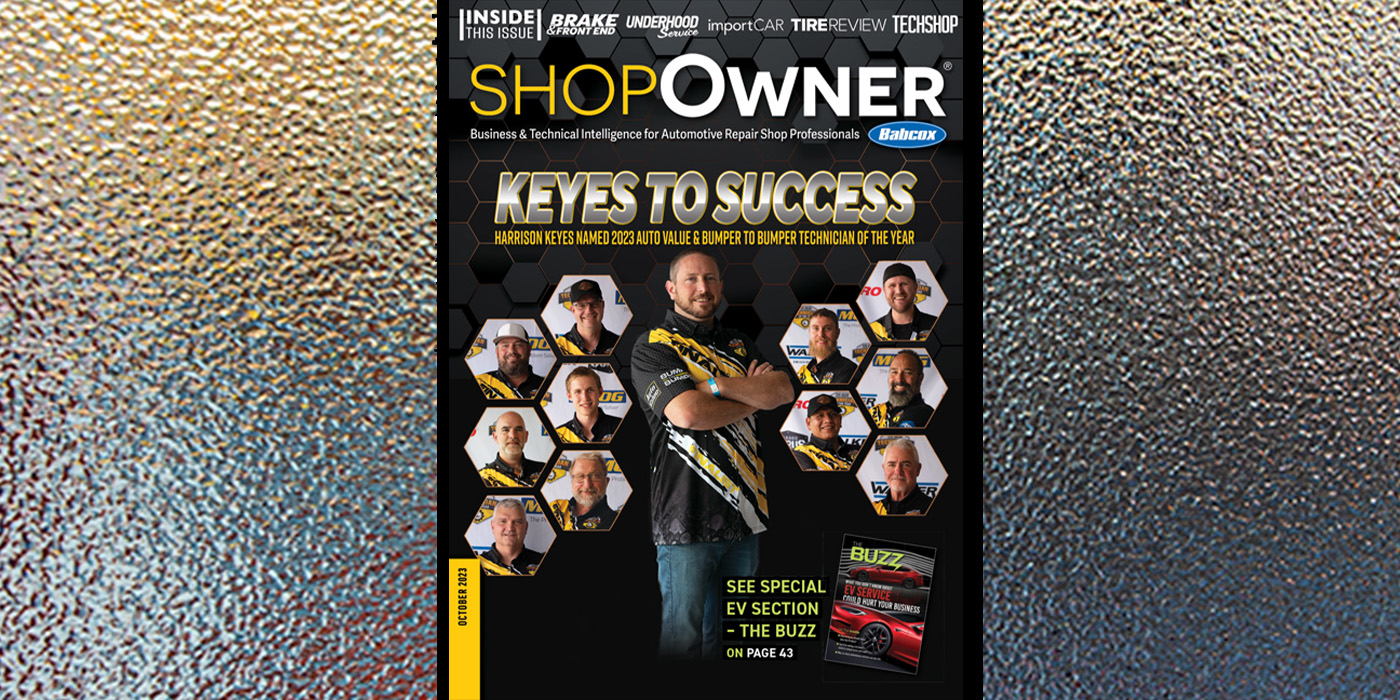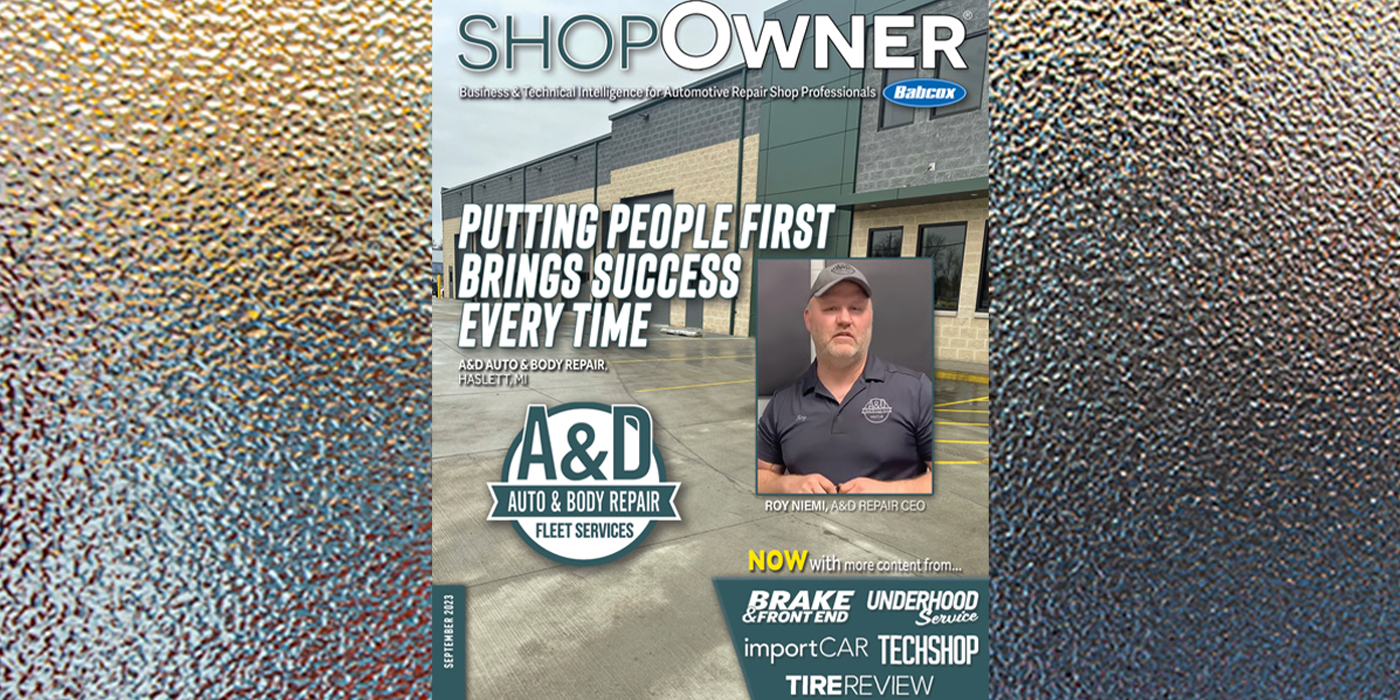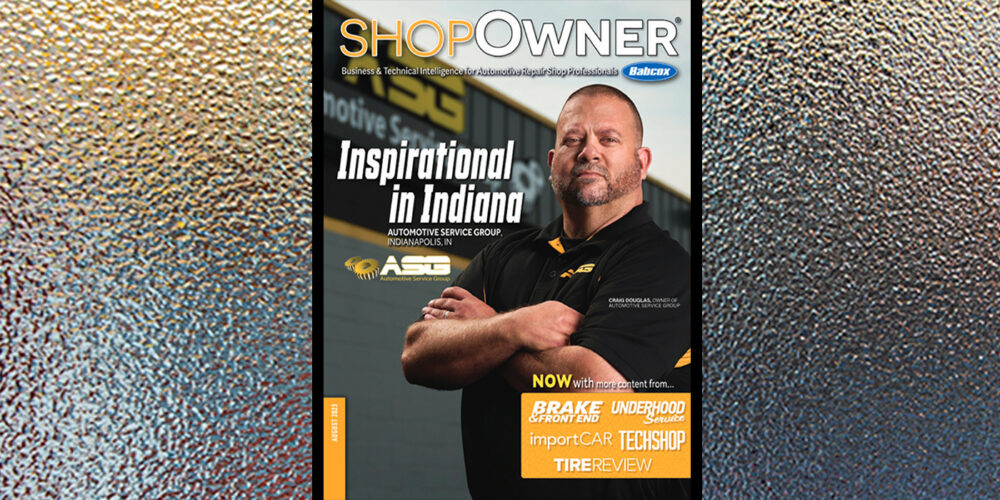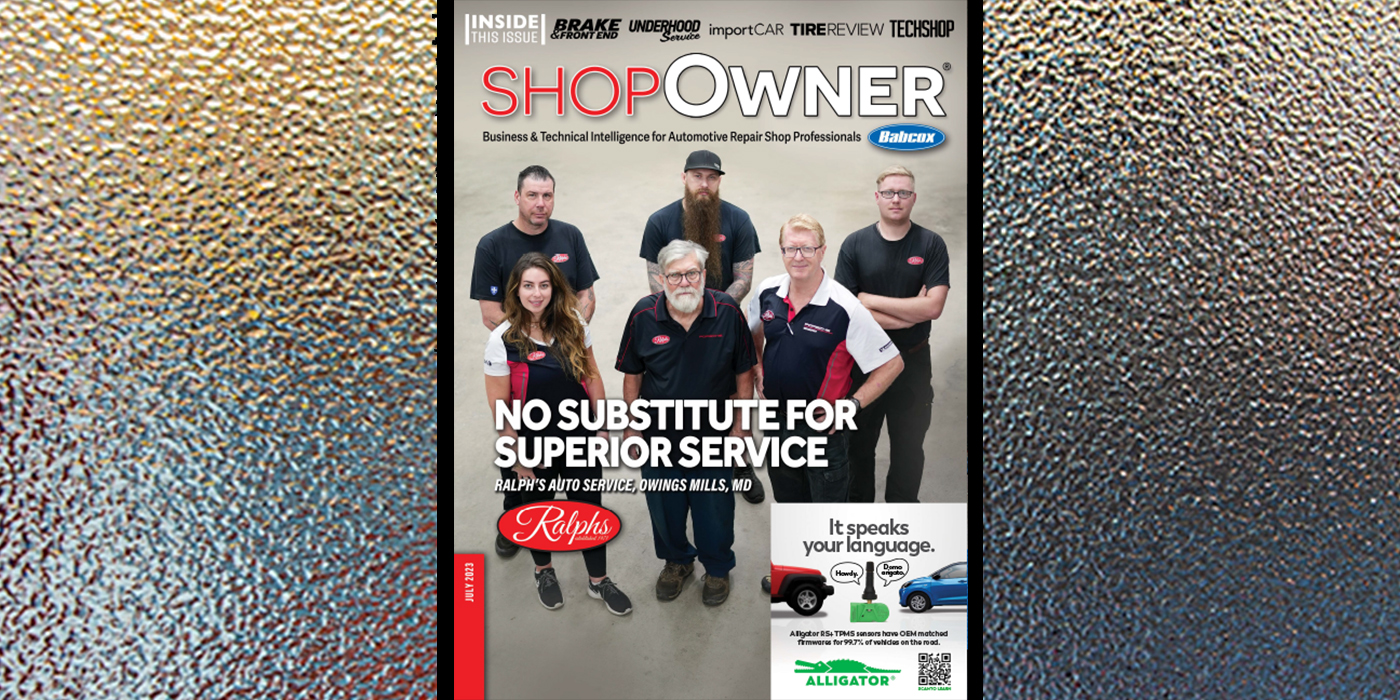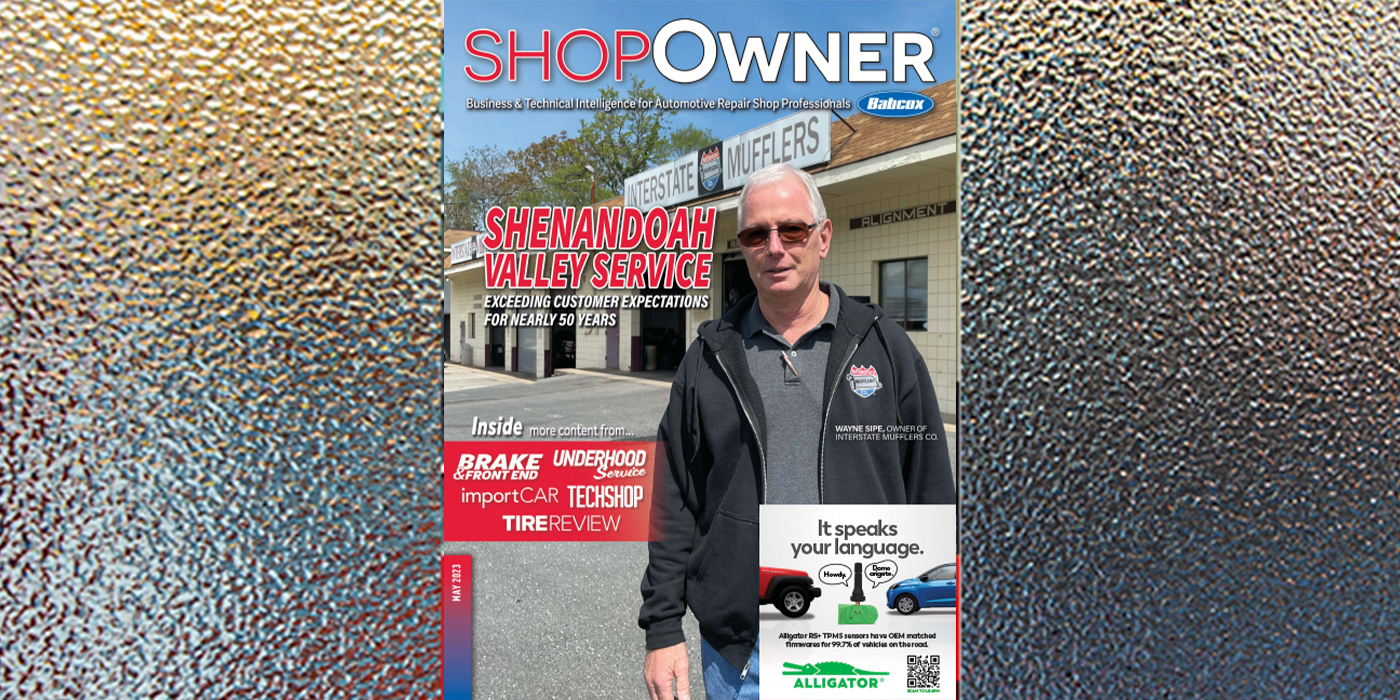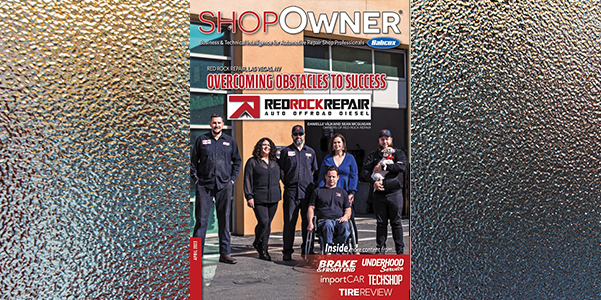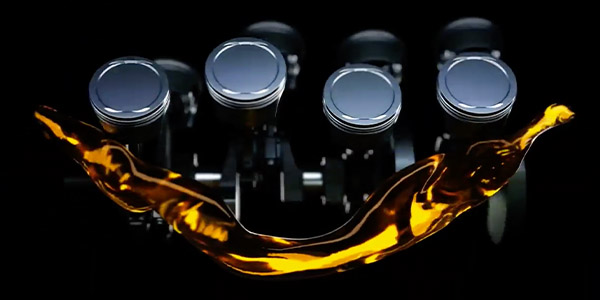Evolution is a funny thing — for every advancement that propels the automotive world forward comes another requirement for shop owners and technicians to take a step back, relearn and retool.
The continued push for improved oil quality and heightened performance standards is no different.
The efficiency of modern motor oil has revolutionized maintenance requirements for today’s vehicles. In many cases, extended-interval oil products can last upward of 10,000 miles (or more) before needing to be changed.
Although these types of products have been available for roughly two decades, a growing number of automakers are lengthening the recommended service intervals for their newest vehicles, while at the same time, recommending more advanced, vehicle-specific oils than in the past.
With more options on the table for consumers, the most important thing shops and technicians can do is keep up-to-date with what is out there.
“Automakers determine the required specifications for engine oil, as well as recommended service intervals,” Automotive Oil Change Association (AOCA) Policy Advisor Joanna Johnson said. “In terms of helping customers understand which products are required for their vehicles, dedicating time to educating them about the potential benefits is crucial, especially where expensive, extended-interval products are involved.”
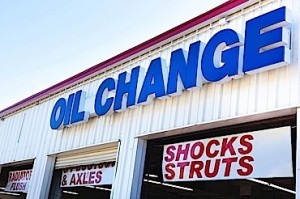
Complying with automakers’ changing oil specifications also requires paying attention to other vehicle-specific mandates, such as which oil filter to use. Using professional service information is a best practice technicians can adopt to stay current with all the latest vehicle requirements.
Shops should also be aware of, and able to educate the consumer on, the benefits and drawbacks of relying on a vehicle’s oil-life monitor to determine when the oil needs to be changed. While these devices can be helpful in many cases, the algorithms they run off of can be fallible when applied in real-world conditions.
“In terms of oil-life monitors, a combination of respect for automakers’ interval recommendations and caution (i.e., inspection plus customer education) are usually in order,” Johnson said.
Although customers have traditionally chosen to replace their oil at fairly cautious intervals, shops still need to be aware of how they can maximize their profitability even if more advanced, longer-lasting oils start to gain a stronger footing in the marketplace.
“In terms of the specific impact of advanced synthetic oils on profitability, even if the interval frequency lessens, the cost will go up because the advanced products are significantly more expensive,” Johnson added. “Fast lubes are also increasingly moving into light repairs — a trend likely to continue with or without the impact of advanced synthetic oils.”
Keeping the Customer Informed
The mark of a well-run shop is how transparent they are with their customers on the products they use and the services they perform. But thanks to recent mandates, many shops are now being called to put this information in writing.
The National Conference on Weights and Measures (NCWM) and the National Institute of Standards and Technology (NIST) recently instituted requirements for shops across the country to be more proactive in letting customers know exactly what kind of oil they are putting into their vehicles.
“A customer knowing what kind of oil they’re getting is more important today than ever before,” said Kevin Ferrick, engine oil licensing and certification system manager for the American Petroleum Institute (API). “There was a period in time where almost everyone was using basically the same viscosity grades, like a 5W-30, 10W30 type of thing. Today, you have different automakers recommending different viscosity grades.”

These method-of-sale requirements, which were originally drafted in 2012 and then amended in 2014, have been adopted by 22 states to date as a way to shield consumers from purchasing inferior oil that doesn’t match their vehicle’s requirements.
As specified in NIST’s Handbook 130, “Uniform Engine Fuels and Automotive Lubricants Regulation,” shops are required to properly disclose the following to customers on their invoices: the viscosity grade classification; the name, brand, trademark or trade name of the vehicle engine oil; the engine service category; the specific vehicle or engine manufacturer standard; and whenever the vehicle engine oil in the container or in bulk does not meet an active API service category as defined by the latest version of SAE J183, “Engine Oil Performance and Engine Service Classification (Other than ‘Energy Conserving’).”
Besides being more proactive in labeling invoices, Ferrick noted that shops also need to take more consideration into verifying the quality of the oil they’re purchasing in the first place.
“The best advice I would have for shops is to understand the difference between the word ‘meets’ and the phrase ‘certified as meeting,’” Ferrick explained. “It is not uncommon to find oils packaged in bulk where claims are made that the oil ‘meets API requirements.’ Our advice back to that shop would be that ‘meets’ does not mean ‘certified.’ So, the important thing we note is that they need to be absolutely sure that the oil they sell does, in fact, meet certain performance properties.”
All of the motor oil officially licensed by the API is listed on the Institute’s website. Interested parties may also call the API for additional information.
“It should be easy for an oil change shop to verify whether the oil a distributor is selling as ‘licensed’ actually is as advertised,” Ferrick concluded.
With more options available than ever before, being able to properly educate consumers and provide the products their vehicles require can go a long way in instilling trust and developing customer loyalty to your shop for years to come.




